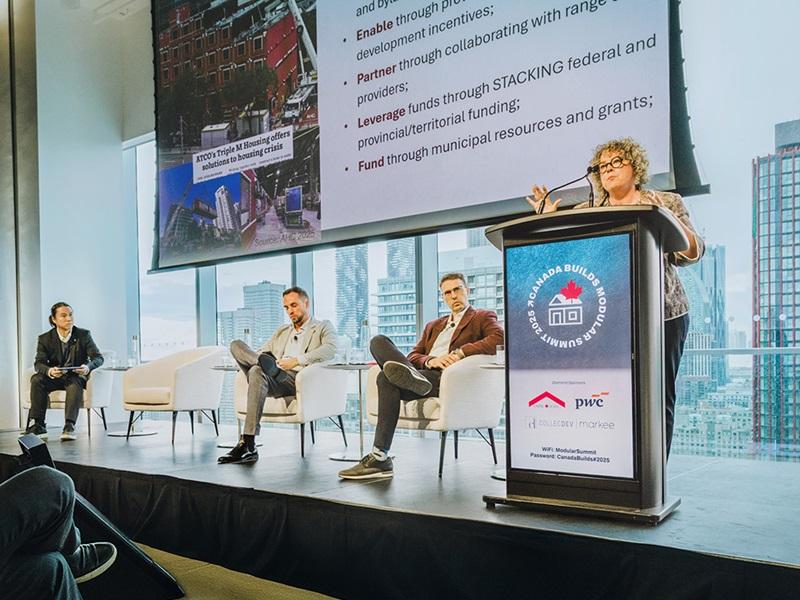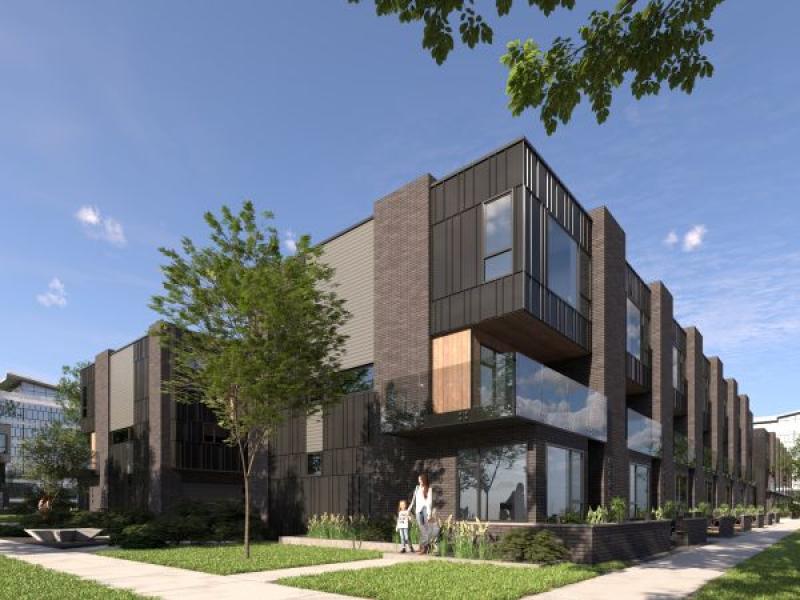It’s called adaptive reuse, and it may help to solve some of our lack-of-housing supply problems in the Greater Toronto Area when approvals can be obtained.
The term refers to reusing an existing building for a purpose other than what it was originally designed for. If we have learned anything about real estate over the past few years, it’s that efficient and cost-effective space usage is critical to the health of our industry.
Even before the pandemic, increasing costs drove new condominium developers to design more compact suites for affordability, and they rose to the challenge by coming up with clever designs that utilize every square foot to the maximum.
Then, COVID forced most office staff members to work from home and they found that they liked eliminating a commute from their days. Hybrid and work-from-home models have resulted in a flagging office market in Toronto.
The good news is that colleges and universities are leasing and buying up extra office space for classroom use.
This innovative approach to filling a void is encouraging. With the deluge of international students coming to Canada for our excellent educational opportunities, it just makes sense. In the case of educational institutions using the excess space for classrooms, it requires little or no alterations.
Adapting for residential use, however, requires more complex design.
Adaptive reuse done right
We have already seen examples of adaptive reuse that are adding new residential in Toronto.
The historic Maclean Publishing Company/Maclean-Hunter building will become The United Bldg., Davpart’s mixed-use vertical community with retail and offices at the base and new residences above. Including the preserved elements from the 1928 building and the 1961 expansion, the resulting complex will be the highest heritage retention in North America.
In addition, Davpart is seeking approvals to adapt the aging Malvern Town Centre property in Scarborough into a mixed-use community with residential options, as well as new parks and amenities.
This adaptive reuse of a shopping mall holds great promise for the future as malls become less common for shopping.
Barriers to wider adoption
The major reason why the adaptive reuse trend hasn’t caught on more quickly is the amount of municipal and provincial red tape involved, which of course, adds to the financial feasibility of projects. In some cases, when all things are considered, it makes more sense to demolish existing structures and start from scratch.
Financially that may be so, but it is harder on the environment. If you start with an existing structure, there is no need to do digging and concrete work to form a foundation. Plus, the work can progress more quickly. The number of parameters is dizzying, such as floor plates, elevators, stairs, amenities, home layouts, etc.
But back to making it financially feasible.
In downtown Calgary, where the office vacancy rate is even more significant than Toronto’s (14 million square feet of empty office space compared to under 13 million in Toronto), developers are receiving a $75-per-square-foot subsidy to convert offices to residential.
At least 10 buildings have been approved for this so far. Sadly, the incentive program in Calgary does not require any affordable housing in the mix.
In Halifax, one adaptive reuse project received government support in the form of subsidized rents at 20 per cent below market value for some units.
The efforts continue
The thing is, people are trying.
In Toronto, talks are ongoing with city council to make adaptive reuse of office buildings more attainable for developers, so with our housing shortage, we can hope.
Adapting commercial and office space to residential units not only helps to fill the housing shortage, but also supports local shops and restaurants with more patrons. Having an increase in residences in downtown cores will make for more vibrant cities where people can live close to where they work.
Vacancy rates are high in cities across Canada.
Not all office buildings can be realistically converted to housing, but it is fascinating to watch this evolution involving innovative thinking and creative design that leaves less of a carbon footprint on the environment.










